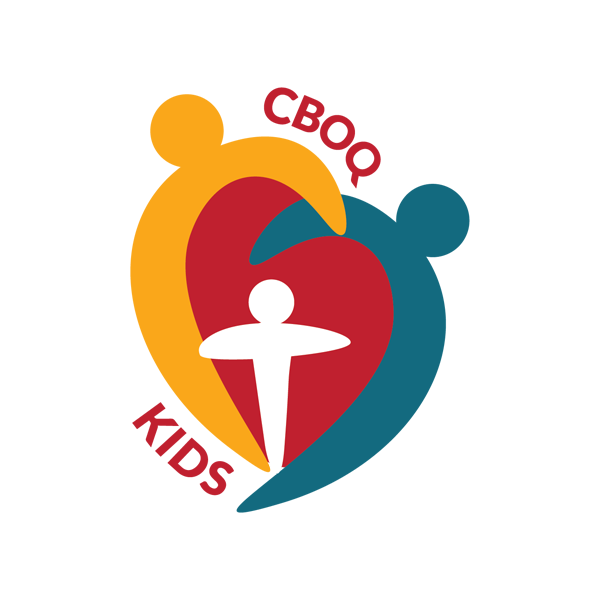Recommended Practices

If you take seriously the opportunity a church has to influence the spiritual life and development of its people, then it is important to determine and adhere to a set of ‘best practices’ for your children’s and family ministry.
Following are some recommendations on 5 key areas to consider when developing your own best practices.
- Safety Policy. Every church needs a written Child Safety Policy. While it is a requirement of insurance companies, it is also a recognition that we reflect God’s love to those in our care by taking seriously our responsibility to create a safe environment. A written safety plan with policies and procedures reduces the risk for children and volunteers and allows churches to respond thoughtfully and properly if something does happen. We recommend consulting with Plan to Protect, a Canadian company that provides customized protection plans as well as a number of other resources and information about policies, procedures and training volunteers. We suggest a best practice for all churches is to have a copy of the Plan to Protect manual for the Canadian Church ($89.99) to refer to, especially if you are creating your own safety policy. For examples of written policies from some of our CBOQ Churches, email Tanya.
- An intentional plan for equipping parents in their role as primary spiritual nurturers. It’s not enough to just tell parents that they are the primary spiritual nurturers of their children. Ministry leaders need to invest the time needed in developing an approach to ministry that gives the tools needed by parents to feel equipped to carry out their God-given roles.
- Discipleship Process that can be clearly communicated by key leaders. This includes addressing questions such as how will the children be discipled through your programs? What biblical content is taught and at what age levels? What formats will you use to disciple children? What curriculum will be used? How do the children worship? What opportunities are there for them to serve and develop spiritual gifts?
- Volunteer Recruitment and Development. It’s important to determine the kind of volunteers you are looking for, the expectations of roles and the ways you are going to equip them to engage and grow successfully in the ministry they have been called to.
- Special Needs. Under the umbrella of the Accessibility for Ontarians with Disabilities Act, 2005, the Accessibility Standards for Customer Service Regulation is now law for all private and not-for-profit organizations, which include churches. It involves having policies, procedures and practice guidelines in place to ensure people with disabilities can have access to the services that you provide. Even if you don’t currently have children with special needs in your programs or plan to intentionally reach out to children with special needs, it is important to establish a feasible plan for inclusion in your programs and building should some begin to attend.
